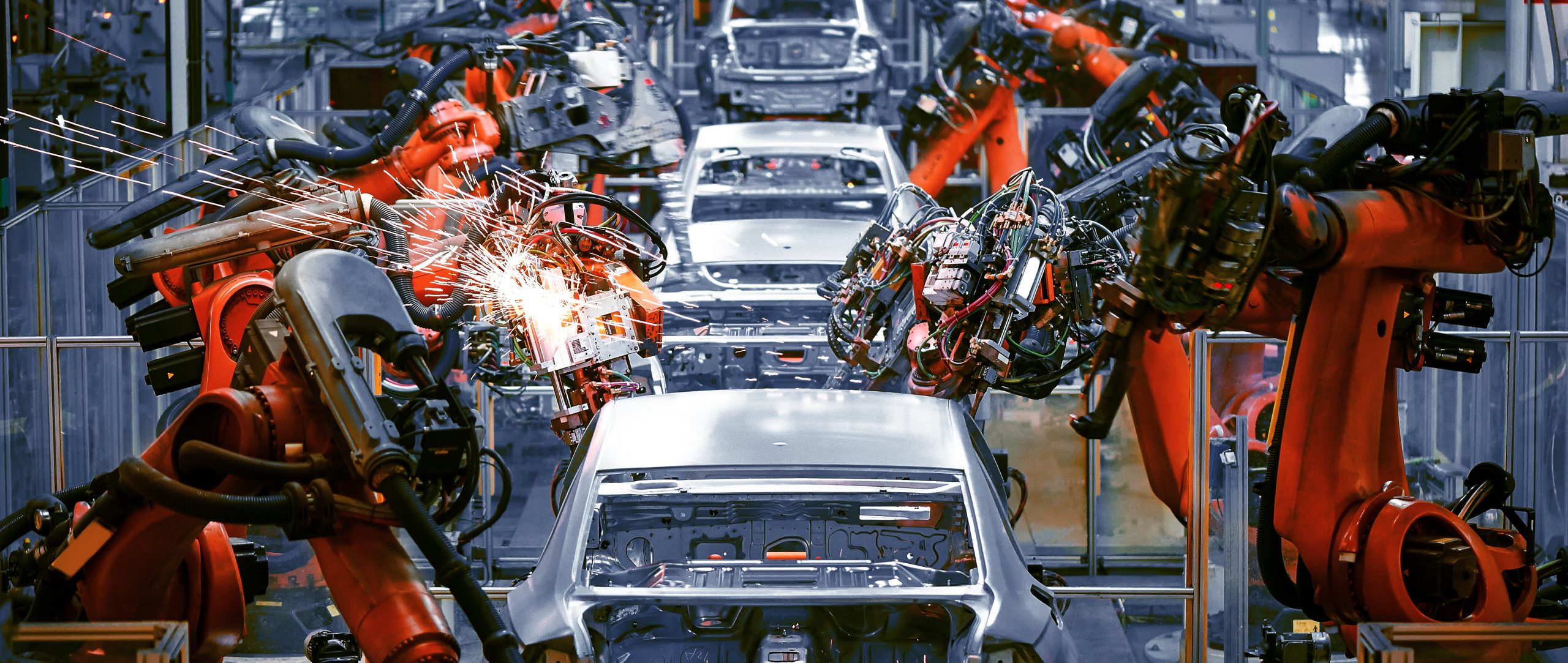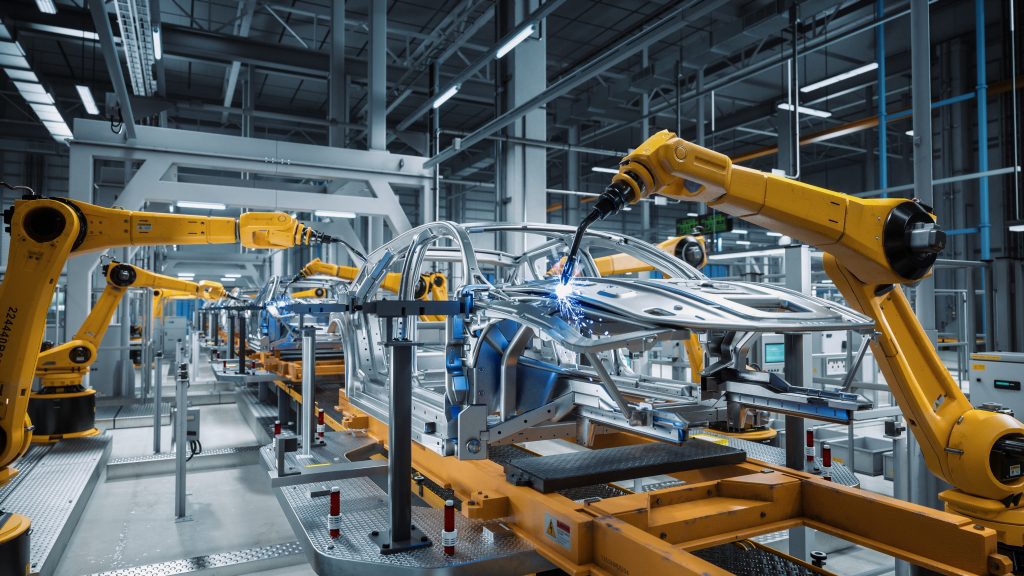Silvano Chiello, owner of the Kilton company, shares with us some thoughts on the planned 2035 marketing ban on petrol and diesel vehicles as per the European directive.
An overview of the current automotive market
A very useful figure to provide the reader with is that of European employment in the automotive sector, which accounts for 14 million employees, or 6.1% of total European employment.
Future estimates suggest that employment will drop dramatically due to the internal components of electric vehicles, which being much smaller than the endothermic engine will lead to lower industrial production.
Let us now focus on the numbers of cars on the road in Europe.
We are talking about 250 million cars, of which only 1.2 million are electric, and the reason for this disparity is surely also the average cost of an electric car, which is over €35,000.
There are 300,000 recharging columns throughout Europe, still too few for the optimistic European forecasts of 2035. Still speaking of recharging, it is still happening too slowly: imagine the waiting times in an out-of-town parking area where 100 cars have to recharge their cars, even if there are sixteen columns instead of the usual eight motorway stations to fill up.
Recharging so many cars will also mean having to produce or import more energy.
In addition, the use of heating in winter and air conditioning in summer will drastically reduce performance and battery life. On the other hand, when it comes to the battery, whose lifespan is estimated to be around 5 to 8 years at the most, there is no recovery or disposal system that is worth using, and so we only risk creating more pollution from ‘technological devices’, which in a green perspective makes very little sense.
How will we achieve all these changes, both practical and in mentality, in such a short time? In terms of industrial innovation, twelve years pass too quickly.

Electric car: all features
Another interesting prompt would be to ask if you have ever actually driven an electric car.
The performance may not meet your expectations. The variables to be evaluated are explained in more detail below.
The mileage, impact and maintenance of electric cars
The autonomy mileage of electric cars is difficult to measure, as there are many variables to consider. In other words, reliable data on actual battery life is not yet available.
Therefore, it is easy to foresee possible car shutdowns because users have not been able to recharge their batteries in time, with serious repercussions on traffic, road conditions and safety.
One should also think about the impact of the millions of columns that, among churches, monuments and thousand-year-old historic streets, will soon become a pile of rusty iron.
In addition, the question arises, again with reference to the columns, who will do the necessary maintenance and what will it be in detail. This is because nowadays, even the most trivial public and/or private maintenance work, be it road or sewerage or whatever, is lacking. Obviously, I hope I am wrong, but everything has to be weighed against the ways, times and methods of our daily lives.
Who can afford an electric car on today’s salaries?
Another question, which is perhaps more concrete today, is: who will be able to afford an electric car in light of today’s wages?
The European community has already made the population spend a lot of money, continuing to change the traffic parameters within a few years with the famous Euro 1,2,3 etc.
Yes, because we are not only faced with the expense of an electric car to bear, but also with all the other costs that the European community is making us face, such as, for example, the energy renovation of houses. In their totality, all these investments will probably be affordable by few.
It is true that Europe is moving to generally abolish ‘ownership’ of a commodity including cars. But on the other hand, who will pay back the car manufacturers for the costs of new plants?
Surely in the next two years we will be able to see the horizon of this choice more clearly. And both pros and cons will be better judged.
The automotive sector in a greener economy
Surely the world needs to take a more ecologically and health-conscious turn, and although for over fifty years there have been interesting and feasible green studies, unfortunately these have never seen the light of day, sacrificed so that the growth of industry could be managed, consumerism could enter the ‘controlled’ phase it is in today, and lead the population to have a constant and ever-increasing need to work in an attempt to increase their state of well-being, just like during the Henry Ford years.
We could have taken the most promising projects out of the drawer, tested them and set the world economy on a path where costs could be distributed more evenly and less violently.
Is a greener future in the automotive industry possible?
We basically have very little time to renew the old industrial model in order to build a new one, and all this obviously requires very high investment.
I would say that in our world, which is not the world of the golden years when Fiat was born, this prospect is really worrying.
In practice, many companies will decide to realise what they have been creating for decades, thus ceasing to give continuity to previous plans, with a definite impact on employment. Others, the few larger ones, will have to rush to renew in a very short time.
In this scenario we will have to compete with non-European countries, which are decidedly more structured and advanced than ours. A situation, ours, unfortunately also due to the choices of our policy as a state, which has led us to delocalise by disinvesting in sectors that today are sadly proving to be strategic.
If you found this reflection interesting, have a look at our blog, you will find more in-depth articles. But not only that: also news and product articles.


